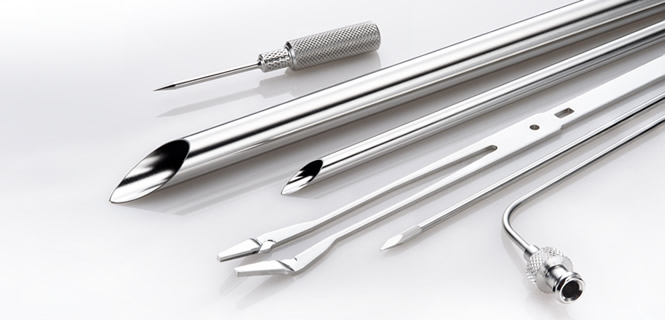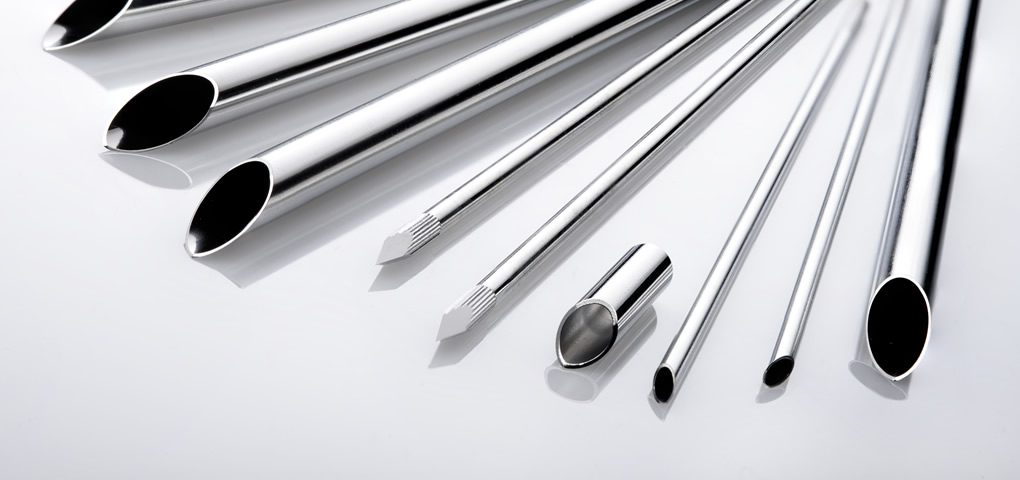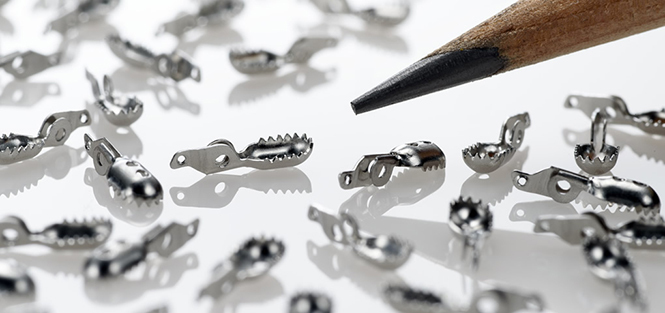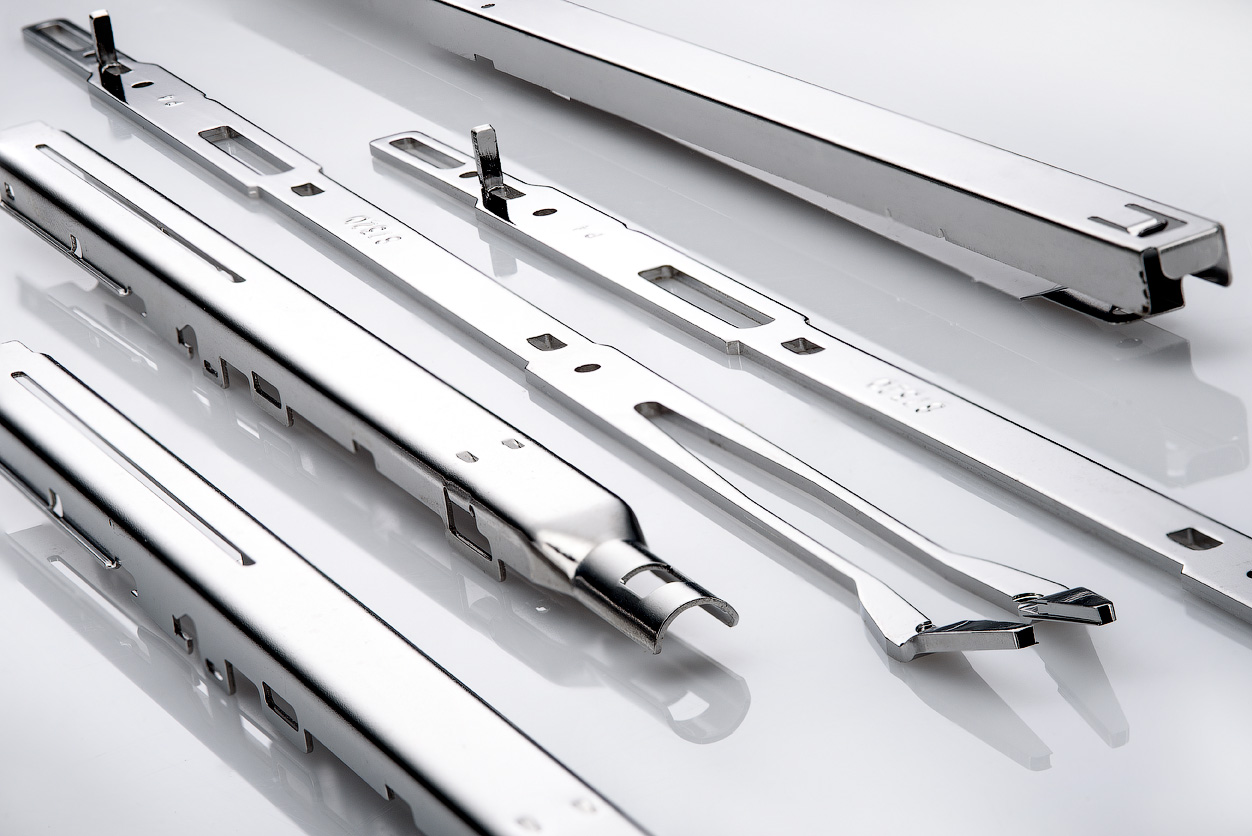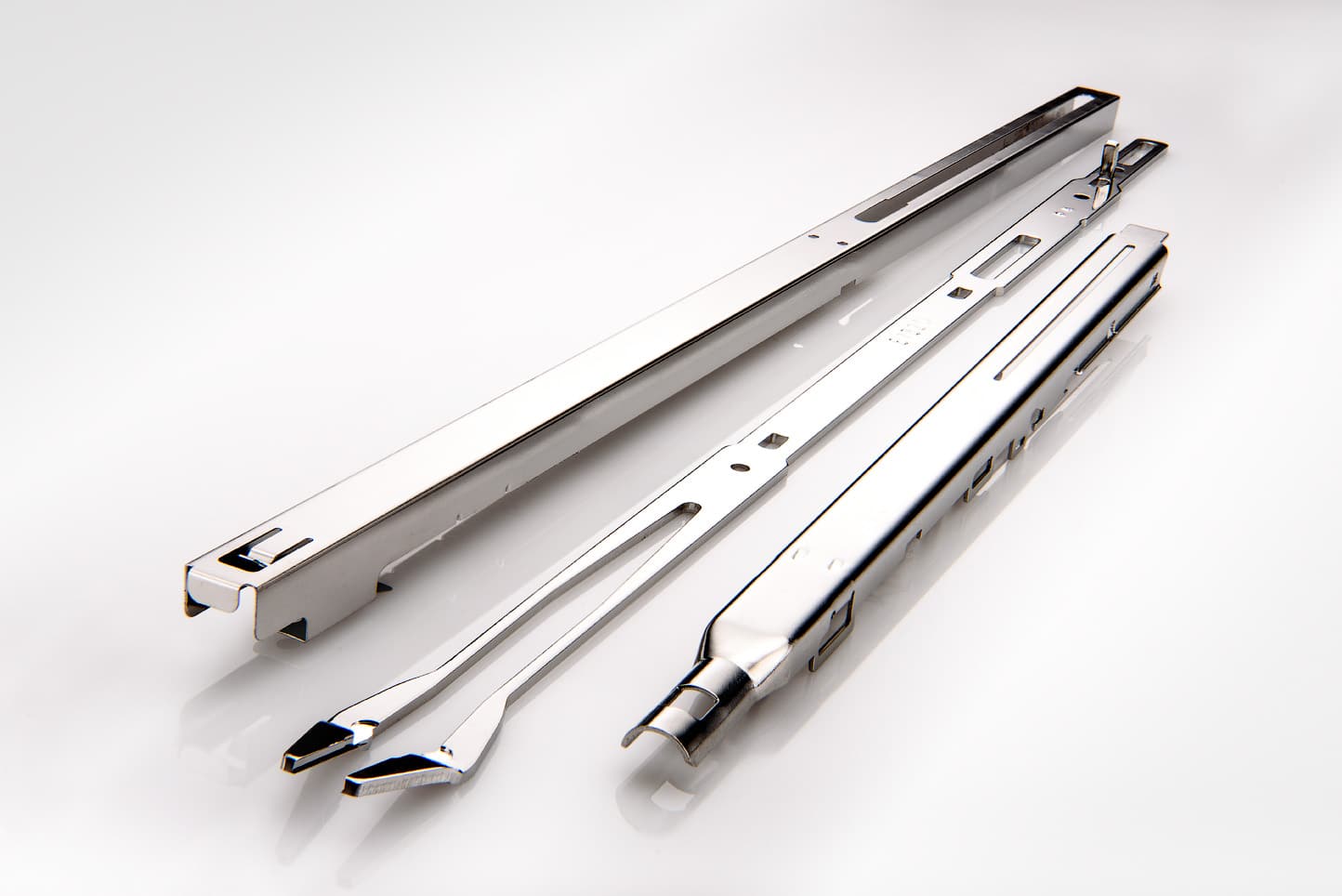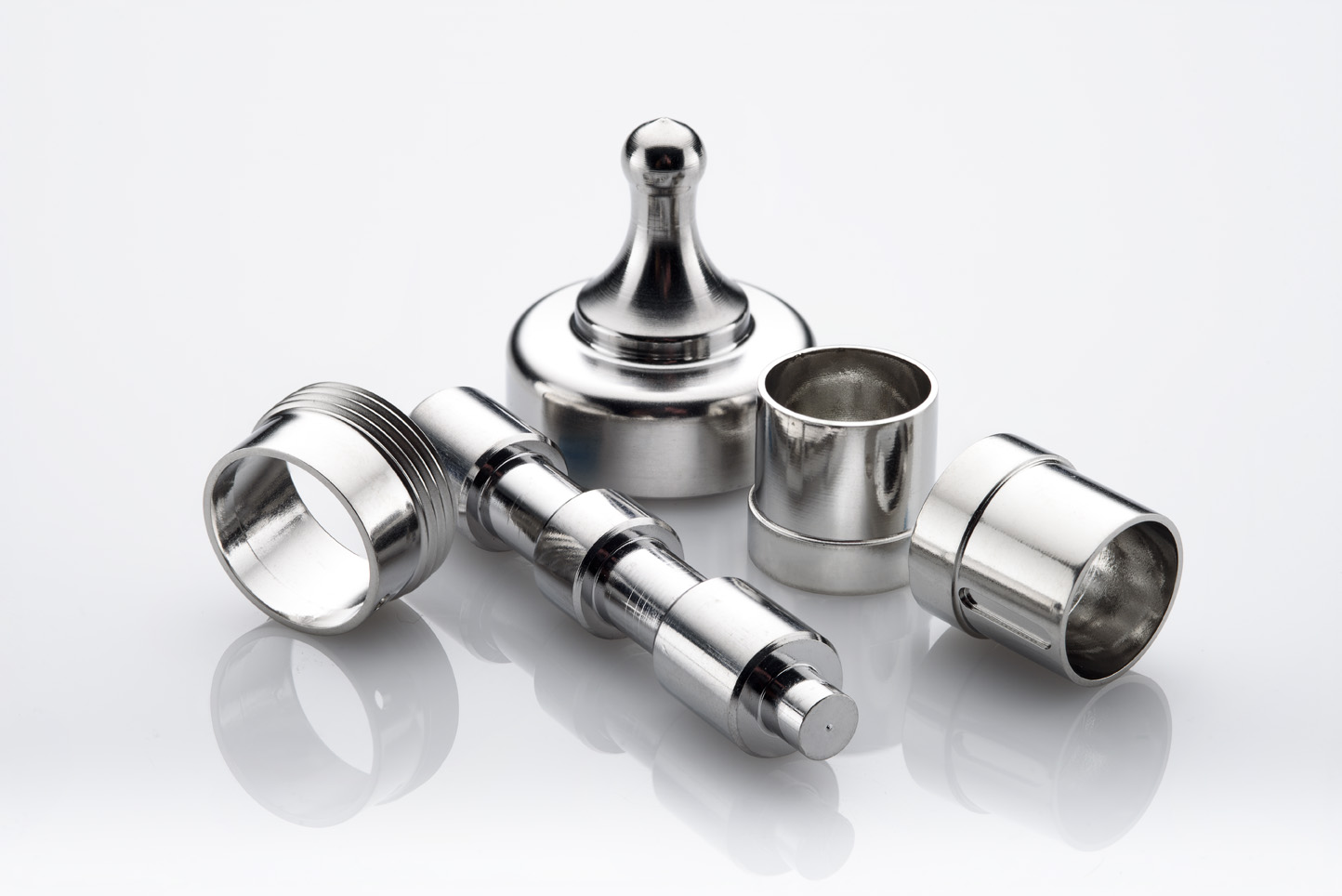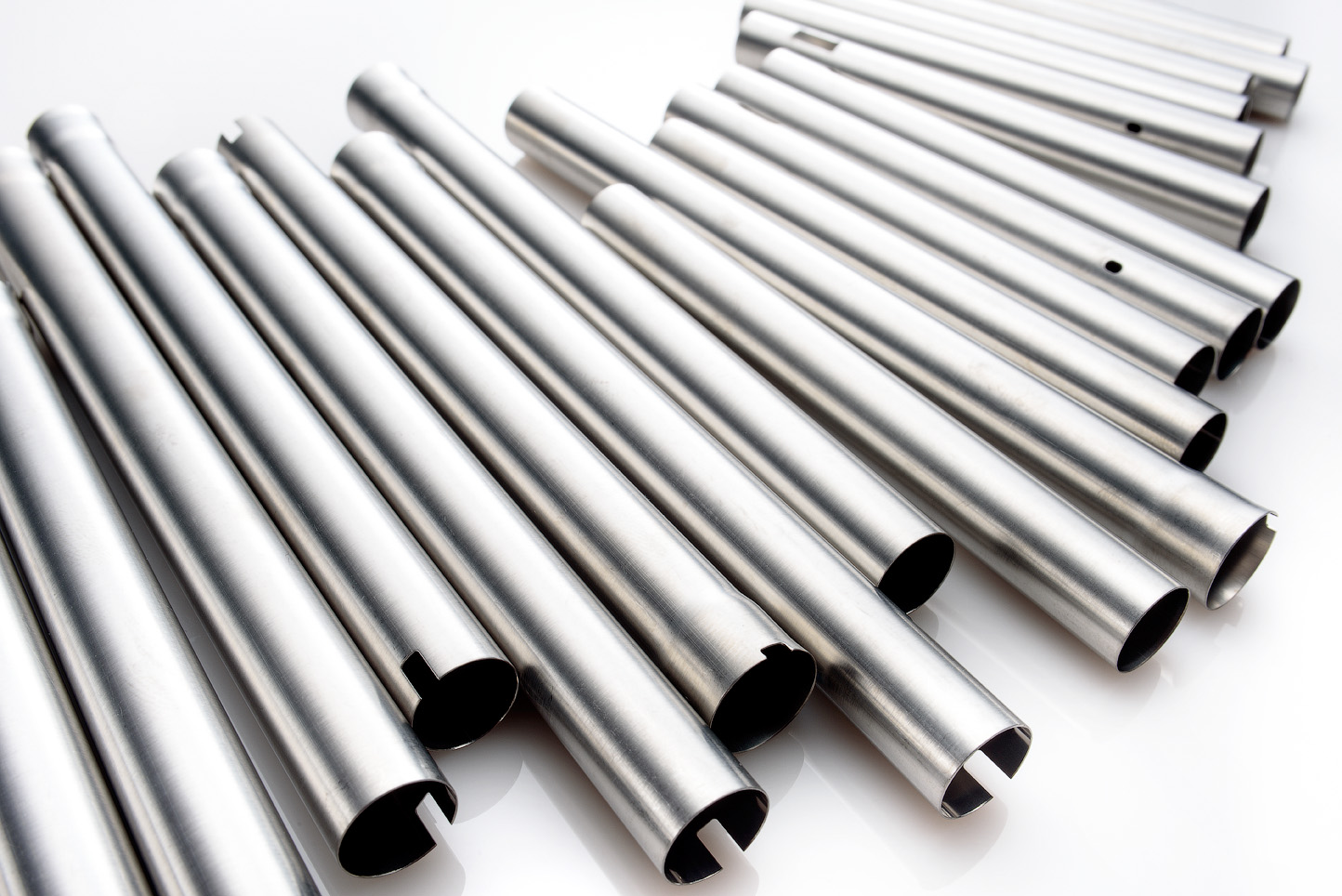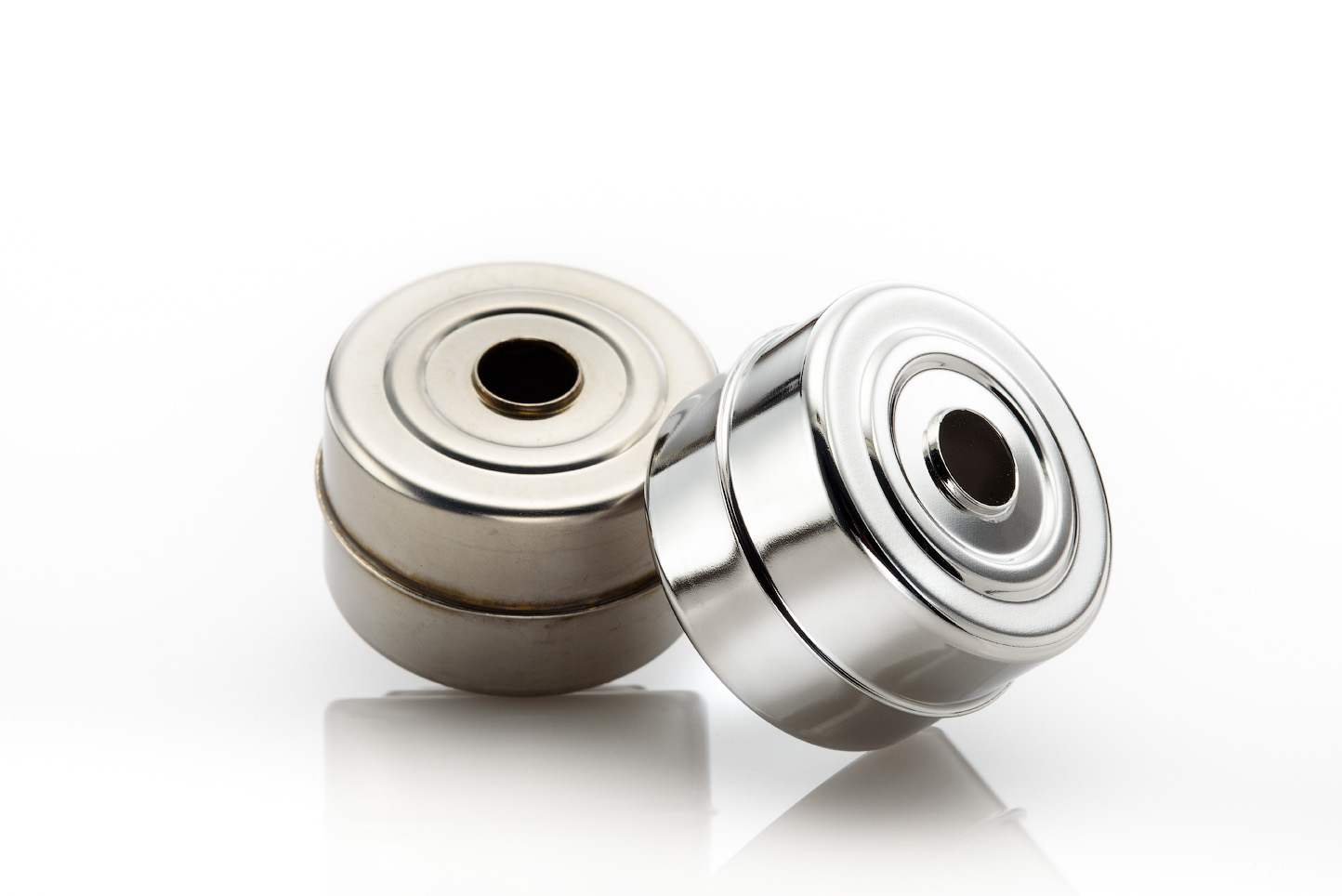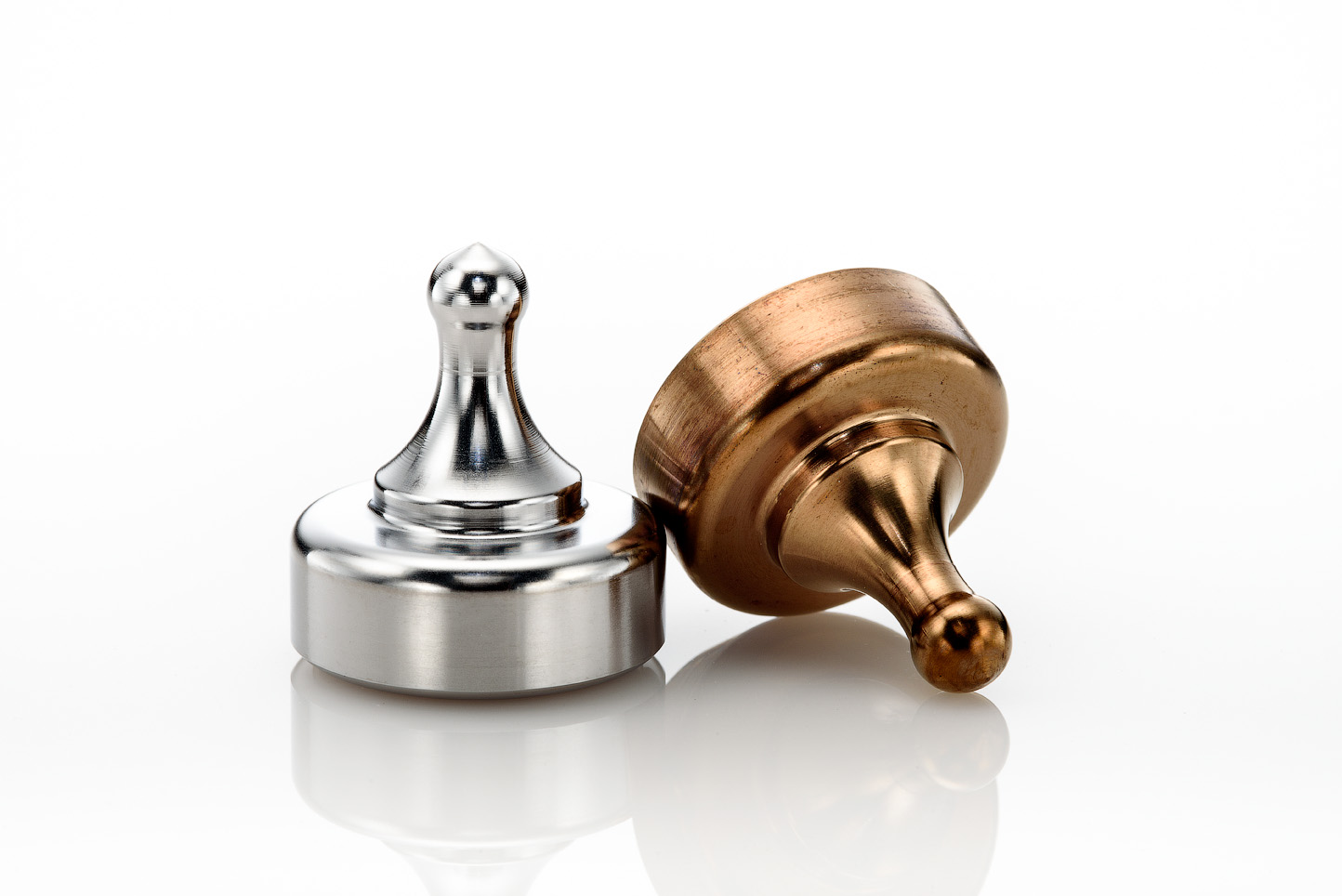What’s the Difference Between Electropolishing and Passivation?
Passivation vs. Electropolishing
Stainless steel passivation is the result of a process that helps to protect the metals surfaces from corrosion. Stainless steel is considered “passivated” when it demonstrates a high resistance to corrosion. Electropolishing is an electro-chemical process that removes the outer layer on the surface of a part and is a process that results in the passivation of stainless steel. However, there are other chemical methods that can also be used to passivate stainless steel. This article will explore various methods of passivation vs electropolishing and the benefits of each.
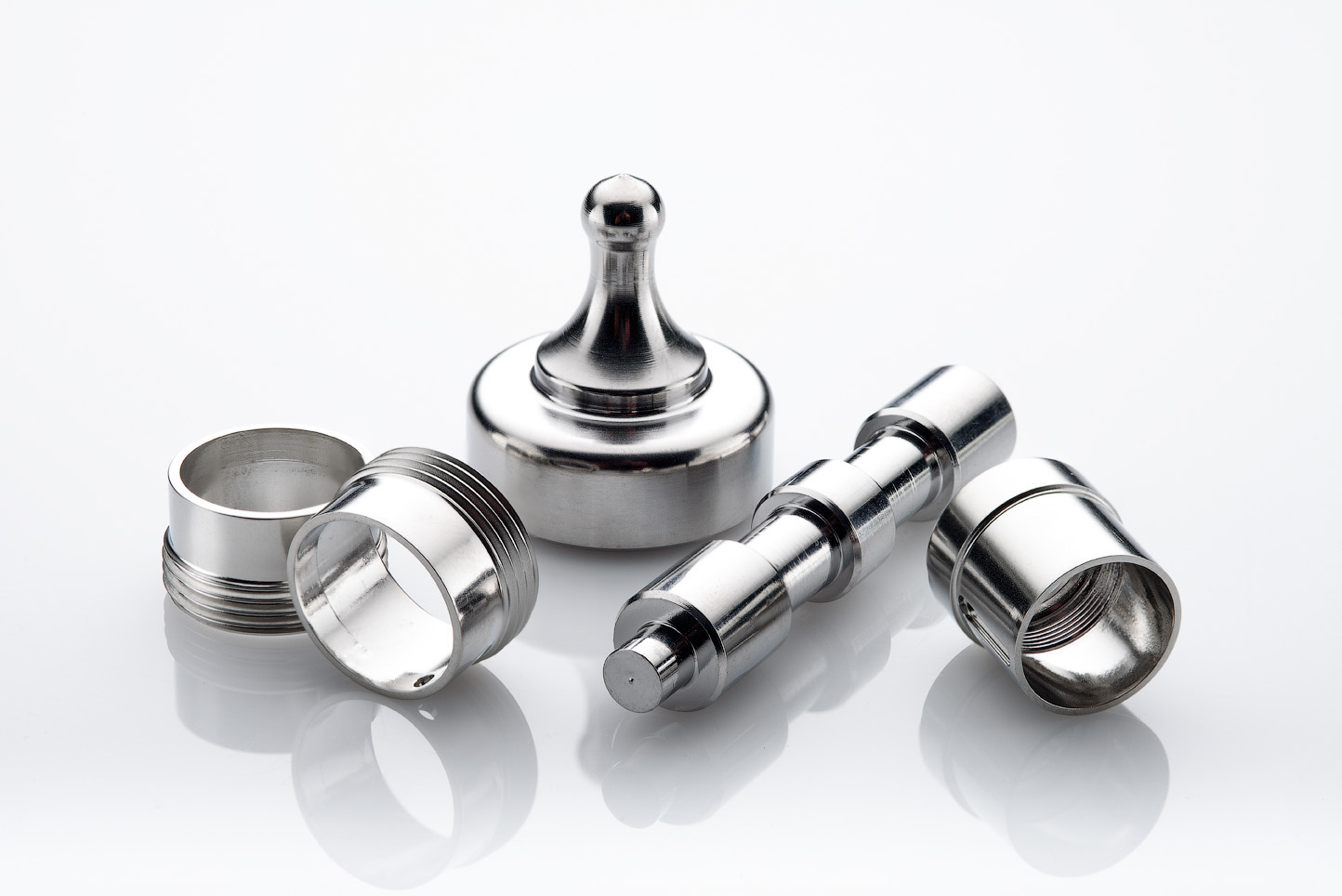
What Is Passivation and How Does it Work?
Stainless steel is passive by nature, but after the manufacturing process, is often left with embedded free iron on the surface. This can result in a corrosive reaction between the two metals, which is why these free irons on the surface of the stainless steel need to be removed. Once the free irons have been removed from the surface of the metal and the metal can demonstrate a high tolerance to corrosive elements found in the environment, it can then be considered “passivated“. While passivation is one of the benefits of electropolishing, passivation can be accomplished without electropolishing through other chemical means.
Passivating Stainless Steel Through Electropolishing
Scientific studies have shown that electropolishing is the most effective process for achieving passivation in stainless steel alloys. Electropolishing is an electrochemical process that performs a surface treatment, reducing surface roughness as it dissolves material from the surface of a metal part. Electropolishing smooths the surface of metal by lifting high points, removing micro-burrs, and surface impurities. The electropolishing process can improve surface roughness or Ra up to 30-40%. Electropolished surfaces possess increased corrosion resistance, and as a result, are more resistant to corrosion in harsh environments. This finishing process is applied on a variety of metals, with the most common being 304 stainless steel, 316 and 316 L stainless steel, and 400 series stainless steel.
Prior to the electropolishing process, parts are subjected to an extensive pre-cleaning cycle to remove oils, grease, and metallic residue left behind during forming. General degreasing and cleaning can be accomplished by a variety of commonly accepted methods, including acid pickle and an alkaline soak. After the removal of the organic and metallic residues, the parts are placed into one of NEE’s passivation baths, specifically calibrated to meet ASTM finishing standards.
The metal to be electropolished is immersed in a temperature-controlled electrolyte and is subjected to direct electrical current. Anodic dissolution is what removes the surface material while in the electropolishing “bath.” This electropolishing bath is a blend of phosphoric and sulfuric acids and is often agitated with air. Temperature is controlled and specific gravity typically ranges from 1.70-1.75.
This combination of chemistry and current creates a film over the metal. The electrical resistance is most effective where the film is the thinnest, which is over any projections on the surface of the metal. This results in the greatest rate of material removal. This is a highly controlled, precise, and repeatable process. Often, during a standard run, total material removal is limited between 0.0002” to 0.0003” per surface. The removal rate can be adjusted depending on a part’s tolerances.
Chemical Passivation Methods
Chemical passivation doesn’t alter the visual appearance or surface finish (Ra, RMS) of stainless steel. Instead, the passivation process removes surface contaminants from the base metal and facilitates the formation of a very thin, transparent oxide film, which protects the stainless steel from corrosion.
At New England Electropolishing (NEE), we offer both nitric acid passivation and citric acid passivation.
A number of acceptable parameters and ASTM Specifications for Chemical Passivation exist. The primary three variables of passivation are:
- Time
- Temperature
- Concentration of acid
NEE passivates in nitric acid to meet the ASTM A967, Nitric 2 standard. We also passivate in citric acid to meet ASTM A967 and Citric 3.
Passivation vs. Electropolishing
Advantages and uses of electropolished metals include:
- Polished, lustrous finish
- 8X more effective than passivation for enhancing corrosion resistance
- Non-abrasive/non-mechanical finishing process; smooths out threads of materials to prevent galling and seizing
- Ease of cleaning
- Removal of heat tint or oxide scale due to heating or welding
- Complex shapes can be processed with speed and cost efficiency
- Economic method to deburr large volume of metal parts
- Used for applications in food, pharmaceutical, semi-conductor, architectural markets
Advantages and uses of passivated metals include:
- Removal of contaminates on surface
- Does not change appearance of material
- Improved corrosion resistance; can positively alter the composition of stainless steel’s protective oxide layer
- Used for medical device, aerospace, and maritime industry applications—may include combination of both processes
So, why use one process over the other?
When it comes to other methods for passivation vs. electropolishing, how do you decide what is best for your application? That may depend on the industry you are serving or the end use of the product. Some end uses indicate that a combination of the two processes be employed. If you have any questions, we’re happy to answer them for you.
Let us help with your next project! Find out how New England Electropolishing can help you with your electropolishing needs. We’ll provide you with our expert analysis, a quote—even a free sample. Contact us now to get a free sample and explore your possibilities!
Electropolishing Resources
What is Electropolishing?
Electropolishing is an electrochemical and reverse plating process that removes the outer layer of skin on a metal...
The Electropolishing Process
The electropolishing process is initiated by immersing a metal part into a temperature-controlled bath of electrolyte...
How Much Material Does Electropolishing Remove?
Electropolishing, when done properly is a highly controllable process which removes as little as...
How Much Will Electropolishing Improve the Surface of my Part?
Ra and RMS are both representations of surface roughness. Ra is calculated as the roughness average of a surface’s...
What is ASTM B912?
ASTM B912 is an industry standard for the passivation of stainless steel alloys through electropolishing...
What is ASTM A967
ASTM A967 is an industry standard specification for the chemical passivation treatments for stainless...
